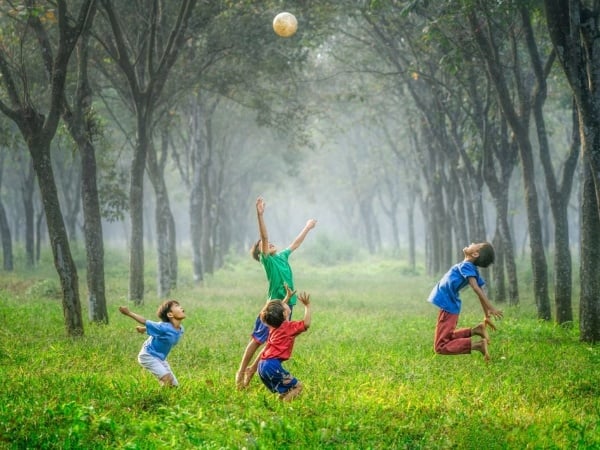views : 747
4 Min Read
National Sports Policy 2025: Good intentions must be backed by strong intent
We can, depending on who we have interacted with or are familiar with, praise the Khelo Bharat Niti, as the National Sports Policy 2025 is called, as a dream come true. Or we can reflect on whether there is any game changing idea within. A third option can be to embrace what can work and look at how to finetune other areas that need greater and more urgent attention.
The 1984 National Sports Policy sought to create infrastructure in villages and towns as well as to preserve playfields and open spaces. And infrastructure development was reiterated in the 2001 National Sports Policy. The 2025 Niti speaks of infrastructure development from block to State levels with a targeted approach based on demographics, personnel and previous performance.
To cite another instance, sport for economic development, even the 1967 policy suggested by All India Council of Sports (AICS) had recommended enhancing and empowering the sports goods industry. The latest policy document identifies that as strong sports equipment and manufacturing ecosystem.
Of course, it must be admitted that a policy cannot try too hard to reinvent the wheel. At best, policy makers reflect on what went right and on areas of improvement when seeking to launch a new policy in keeping with the changing times. Besides, repackaging and updating the policy in keeping with the contemporary needs,
Yet, let us take just one critical area for a deeper discussion – sports and educational institutions. Since one grew up at a time when if an athlete made it to the All India Schools team or the Combined Universities squad, the athlete was sure to progress to the National team. For decades now, school and college sport has been lying in decay and not contributing to national teams.
In 1967 when AICS suggested that educational institutions must be harnessed to develop sports and games. The National Sports Policy 1984 also specified sports in educational institutions as one of the key focus areas. A Draft Sports Policy in 1997 wished priority to school sport while the 2001 National Sports Policy wished integration of sport with education.
A Draft Comprehensive Sports Policy in 2007 aimed at universalising sports facilities in educational institutions while the Niti Aayog’s Action Plan for Revitalising Sports in India, released in 2016, advocated the formulation of sports curriculum for schools. That found resonance in the National Education Policy 2020, which sought to boost sport by integrating it in the curriculum.
However, with Education being a subject on the Concurrent List, some State Governments have raised concerns about the National Education Policy 2020. Therefore, its implementation has been on the slower side. It believed that by 2025, every school would not only have adequate resources like playgrounds and equipment, not to speak of trained staff to teach sport as a subject.
Based on a survey in 15728 schools in 17,997 villages in 605 rural districts, the Annual Status of Education Report 2024 reveals that 23.9 per cent of schools do not have a physical education teacher and 17.5 per cent of school do not have playgrounds or sports equipment. And it is believed that talent is hidden in the rural areas. And we are not even talking about trained coaches.
Be that as it may, Ministry of Human Resource Development itself believed that the entire policy will be in operational only in the decade of 2030-40. If this is true of a policy that can have a larger impact on the development of the country, one wonders about the pace of implementation of National Sports Policy 2025.
To be fair, it is not as if there has been a lack of intention to integrate sport with education. If anything, the intent to actualise it has been absent, perhaps since it is a time-consuming process and results emerge later rather than immediately. With Sports on the State List in the Constitution of India, it will be a bigger challenge for all of India to embrace the National Sport Policy 2025.
It is just as well that 24 years after the last policy was announced, the Khelo Bharat Niti has now been launched, bringing the focus on implementation. The onus will be on the authors of the Khelo Bharat Niti and those who are rushing to celebrate its launch to plan and monitor its implementation respectively.
If India collectively focusses attention on actioning what has been envisioned in its National Sports Policy 2025, it can make a stronger mark on the global stage in some years. But if policy remains on paper, as it largely has and in spirit from 1967 and officially since 1984, we will again be queueing up to fall over one another in praise of the next National Sports Policy some years later.
